
Crotalaria albida - Plant
(MRP Inclusive of all taxes)
- Shipping ₹79 for entire order
- Dispatch in 7 days
- Country of origin: India

(MRP Inclusive of all taxes)
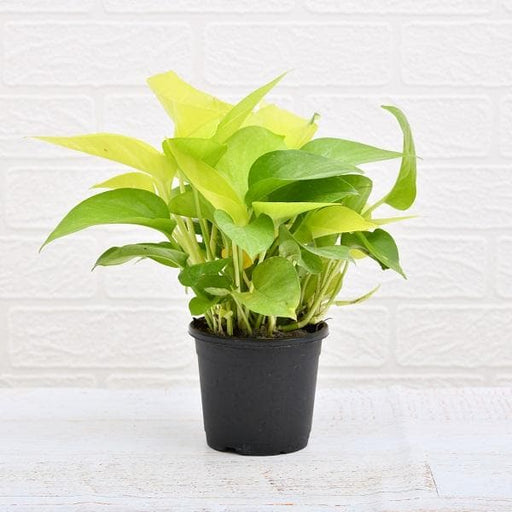 Save 29%
Save 29%
Air Purifier Money Plant with Pot The Air Purifier Money Plant, also known as Pothos or Epipremnum aureum, is a stunning indoor plant that...
View full details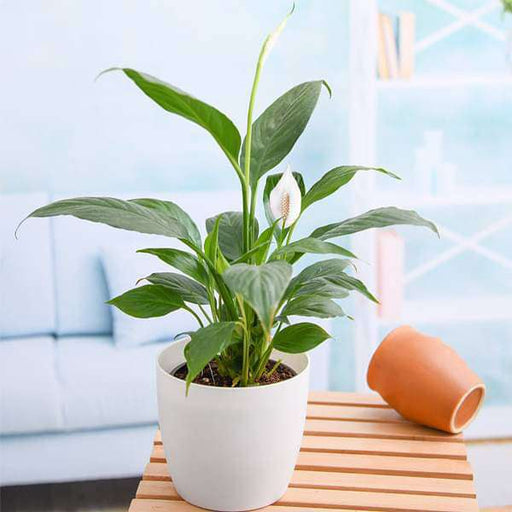
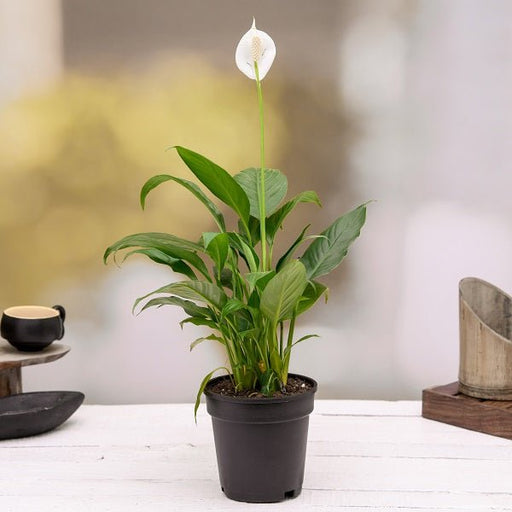 Save up to 15%
Save up to 15%
Peace Lily, Spathiphyllum - Plant The Peace Lily, scientifically known as Spathiphyllum, is a stunning houseplant celebrated for its elegant white...
View full details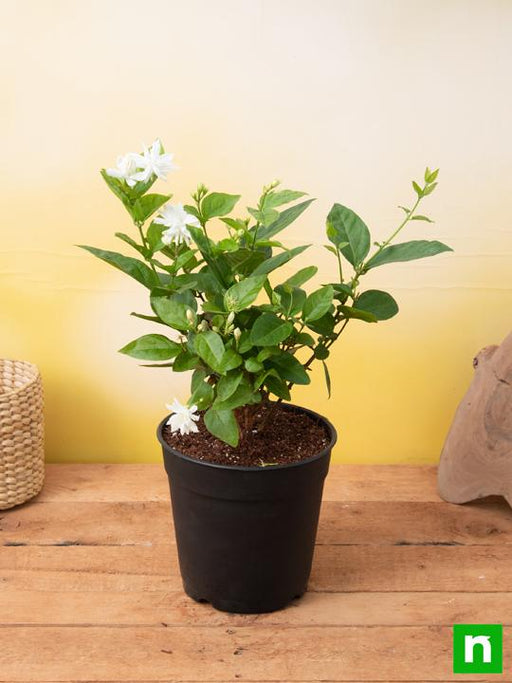
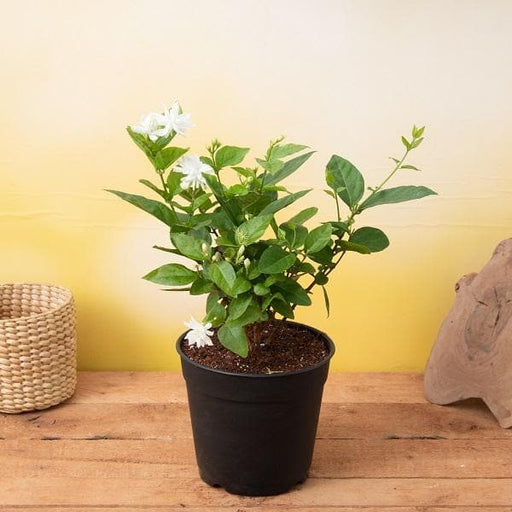 Save 25%
Save 25%
Jasminum sambac, Mogra, Arabian Jasmine - Plant Jasminum sambac, commonly known as Mogra or Arabian Jasmine, is a fragrant flowering plant...
View full details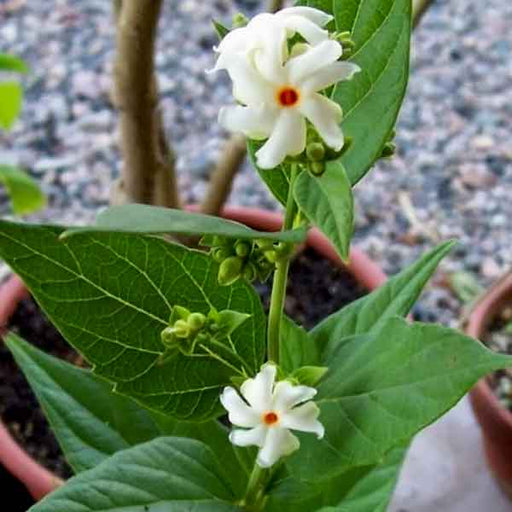
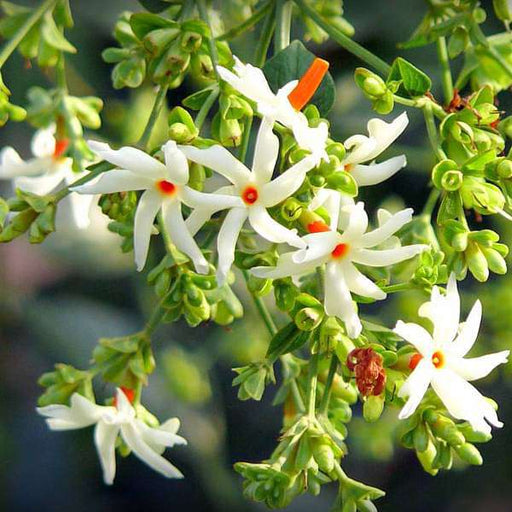 Save 18%
Save 18%
Combo Constituents Includes the Parijat Tree (Night-Flowering Jasmine), a culturally significant plant with fragrant flowers. Description The Pari...
View full details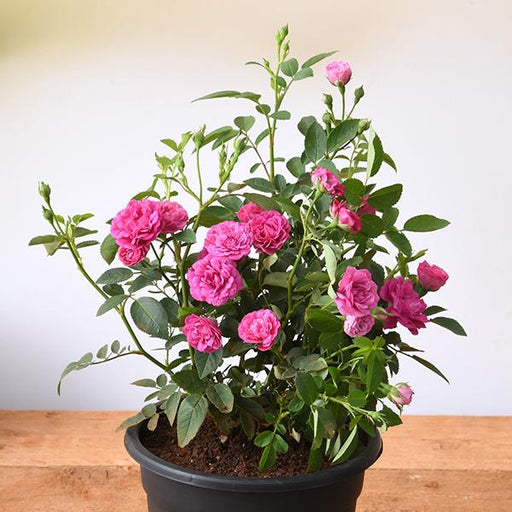
 Save 25%
Save 25%
Miniature Rose, Button Rose (Any Color) - Plant The Miniature Rose, also known as the Button Rose, is a charming and compact flowering plant that ...
View full details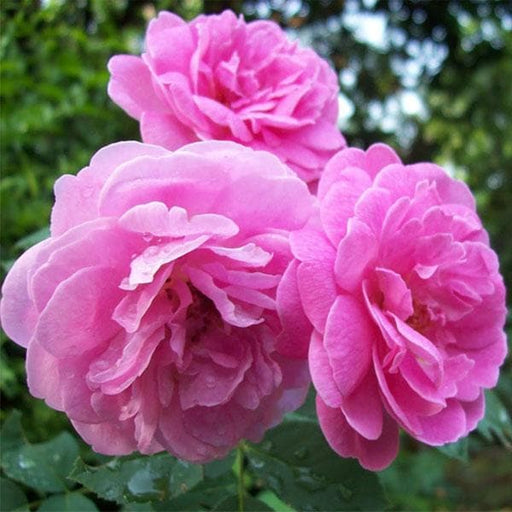 Save 25%
Save 25%
Damascus Rose, Scented Rose (Any Color) - Plant The Damascus Rose, also known as Rosa damascena, is a timeless symbol of beauty and romanc...
View full details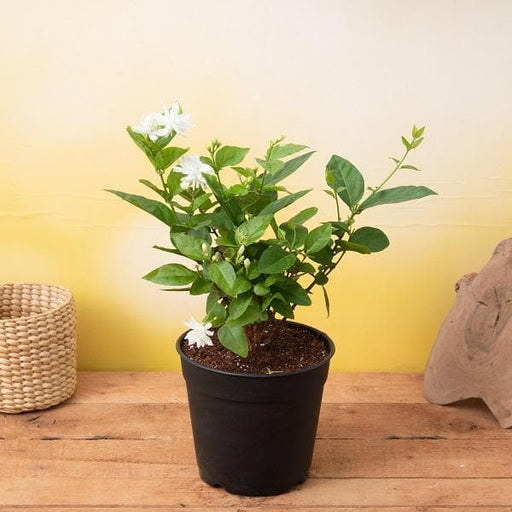
 Save 17%
Save 17%
Beautiful Fragrant Mogra, Arabian Jasmine Plant with Pot The Beautiful Fragrant Mogra, also known as Arabian Jasmine (Jasminum sambac), is...
View full details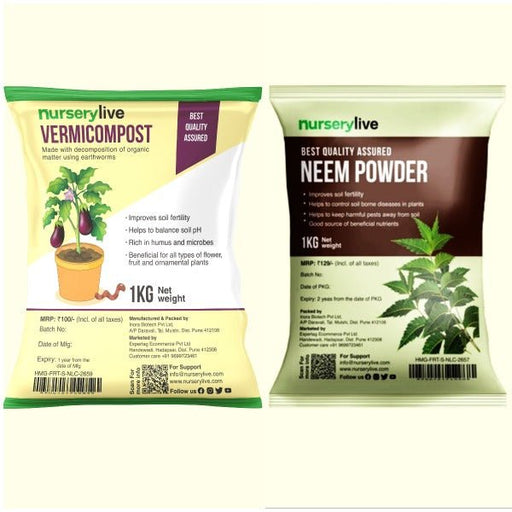 Save 15%
Save 15%
Pack of Vermicompost and Neem Cake for House Plants Transform your indoor garden with our premium Pack of Vermicompost and Neem Cake, spec...
View full details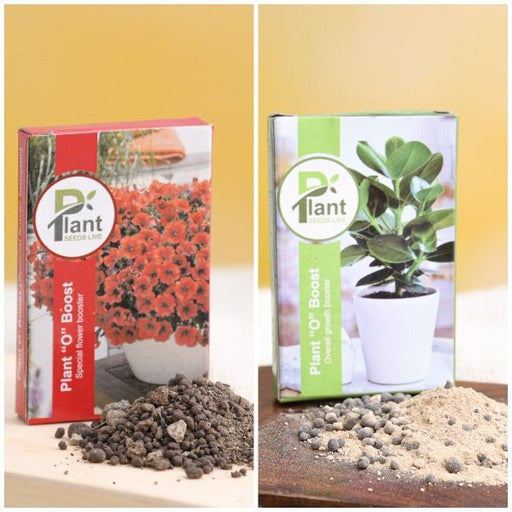
Pack of Plant Growth and Flower Boosters Unlock the full potential of your garden with our Pack of Plant Growth and Flower Boosters! This ...
View full details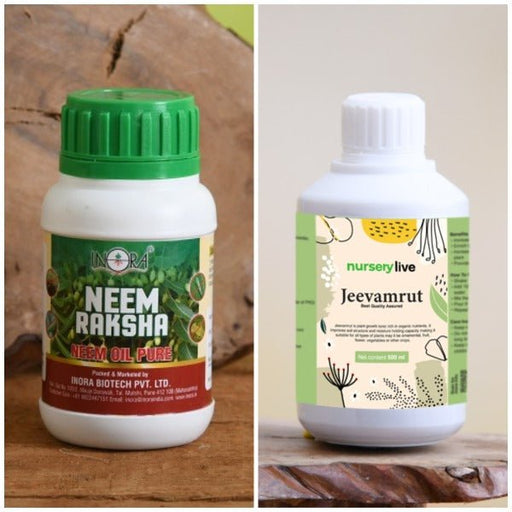 Save 38%
Save 38%
Combo of Jeevamrut and Neem Raksha for Easy Growth and Protection of Houseplants Transform your indoor garden with our exclusive combo of ...
View full details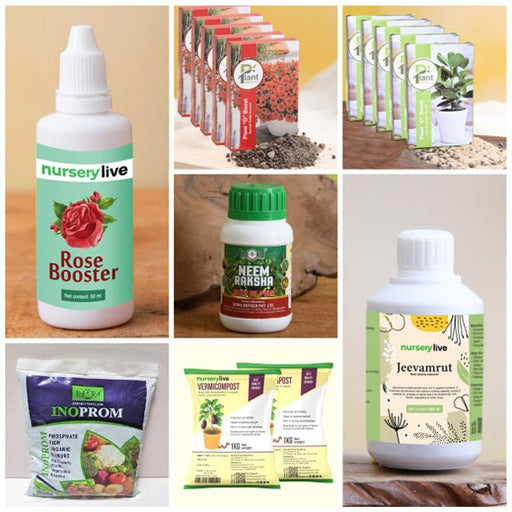 Save 22%
Save 22%
Plant Nutrients Kit (Pack of 16) for a Healthy Garden Transform your garden into a lush paradise with our Plant Nutrients Kit, featuring 1...
View full details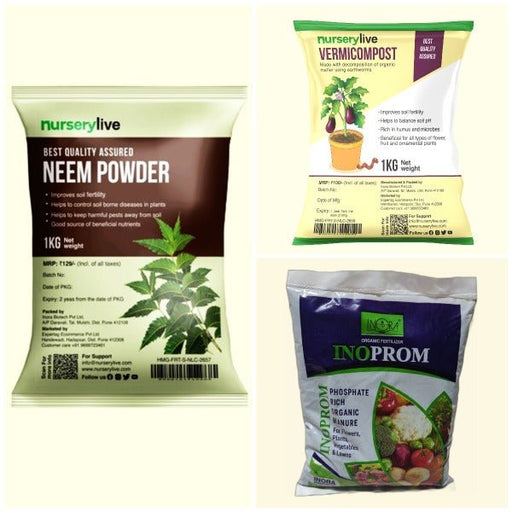 Save 16%
Save 16%
Combo of Top Plant Fertilizers Elevate your gardening game with our exclusive Combo of Top Plant Fertilizers, featuring two bags of premiu...
View full details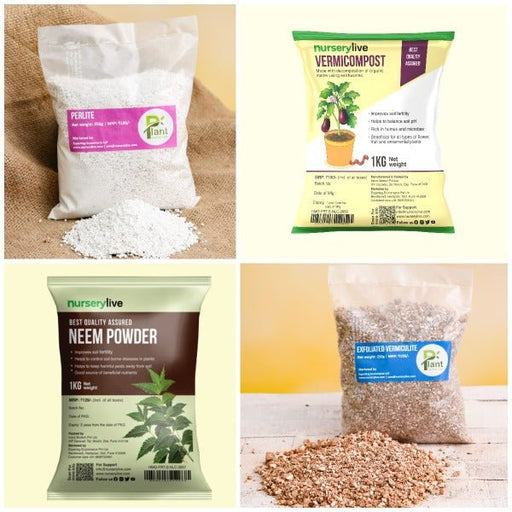 Save 24%
Save 24%
Pack of 4 Additives to Make Soil Healthy and Nutrient Rich Transform your garden into a thriving ecosystem with our Pack of 4 Additives de...
View full details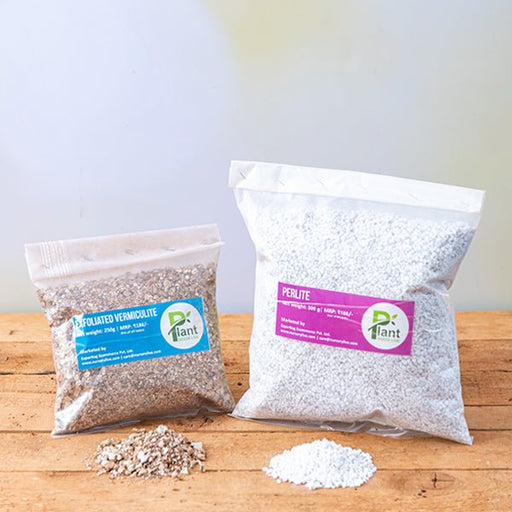 Save 30%
Save 30%
Transform your gardening experience with our premium Combo of Perlite and Vermiculite. This unique blend is designed to enhance soil aeration and ...
View full details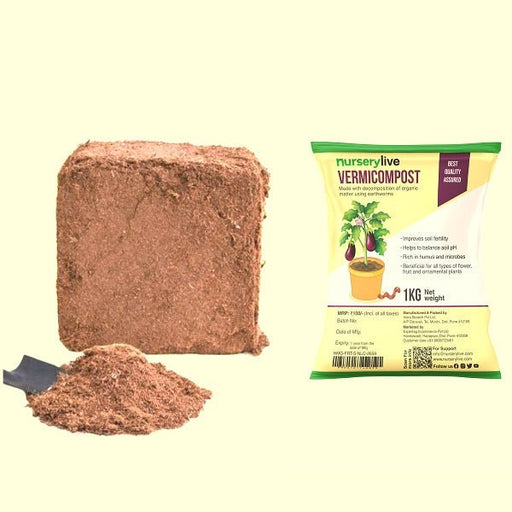 Save 27%
Save 27%
Combo of 2 Vermicompost and Cocopeat - Enrich Your Soil Naturally! Transform your garden into a thriving ecosystem with our Combo of 2 Ver...
View full details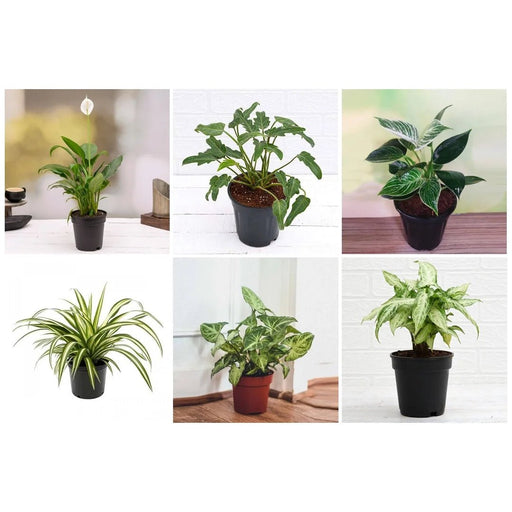
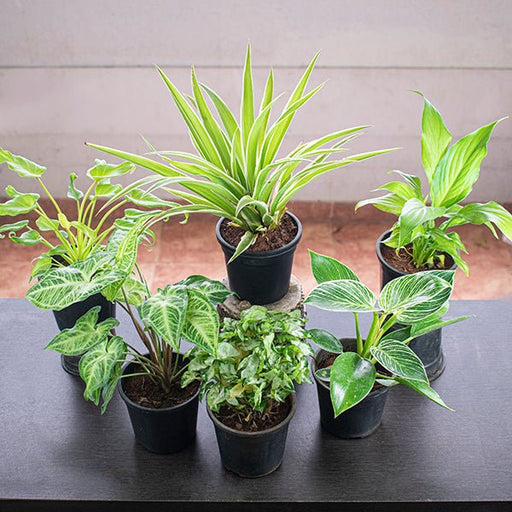 Save 35%
Save 35%
Best 6 Plants for Perfect Indoor Garden Transform your living space into a lush oasis with our curated collection of the Best 6 Plants for a...
View full details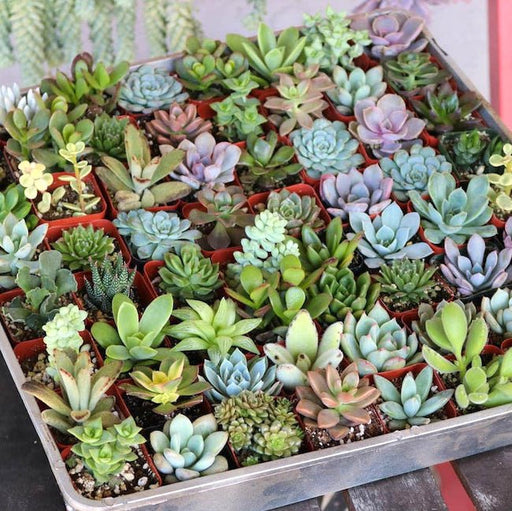
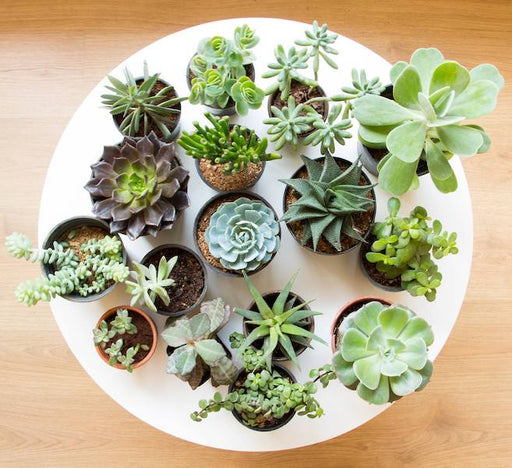 Save up to 50%
Save up to 50%
Mini Succulent Garden Pack Transform your space with our Mini Succulent Garden Pack, featuring a delightful collection of 4 any variety beautiful s...
View full details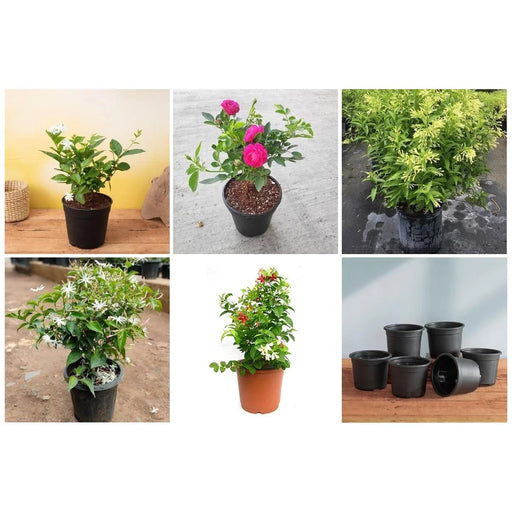
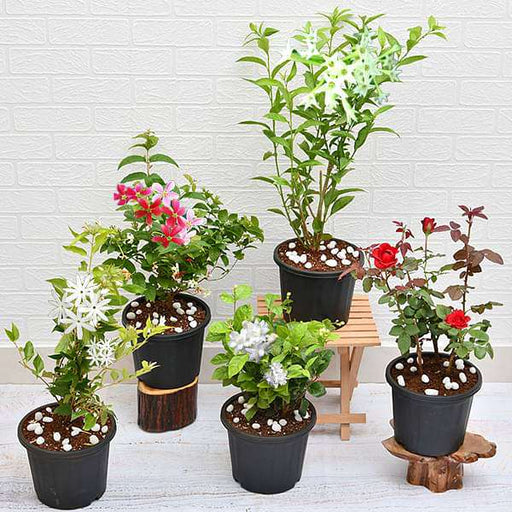 Save 30%
Save 30%
5 Best Fragrant Plants Transform your garden or indoor space into a fragrant paradise with our curated selection of the 5 Best Fragrant Plants. Th...
View full details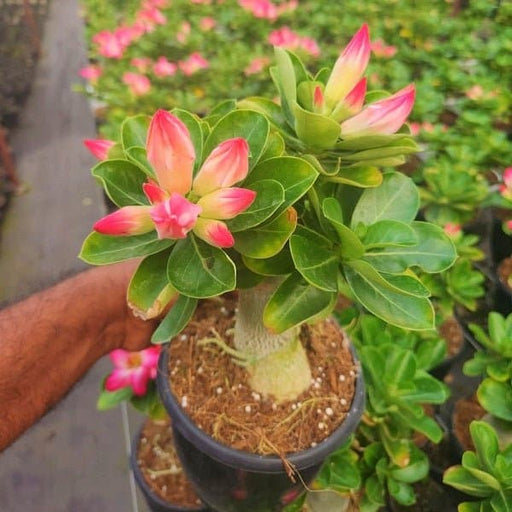
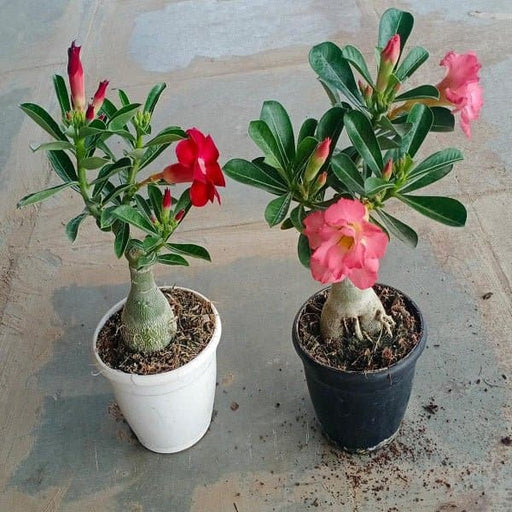 Save 24%
Save 24%
Set of 2 Bonsai Looking Grafted Adeniums Transform your indoor or outdoor space with our exquisite Set of 2 Bonsai Looking Grafted Adenium...
View full details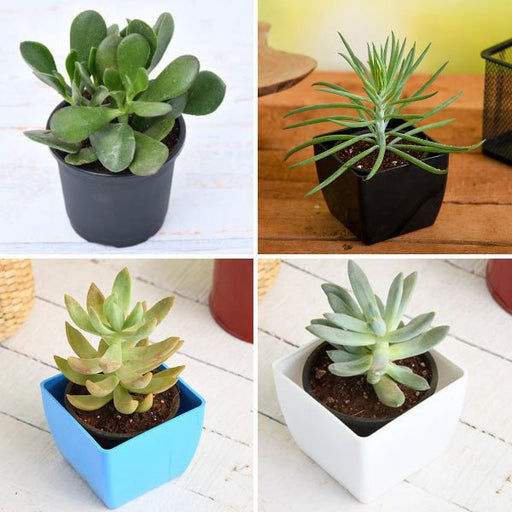 Save 45%
Save 45%
Top 4 Die Hard Succulents Pack Transform your indoor or outdoor space with our Top 4 Die Hard Succulents Pack, featuring a curated selecti...
View full details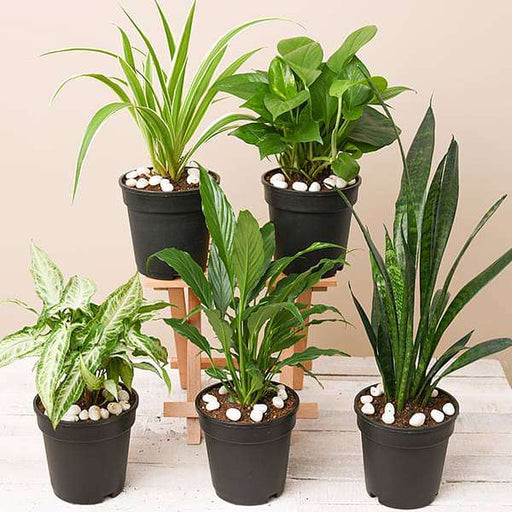
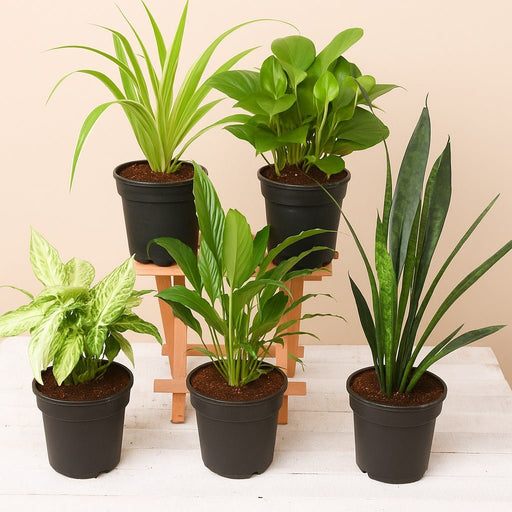 Save 30%
Save 30%
5 Best Indoor Plants Pack Transform your living space into a lush oasis with our '5 Best Indoor Plants Pack.' This carefully curated collection fe...
View full details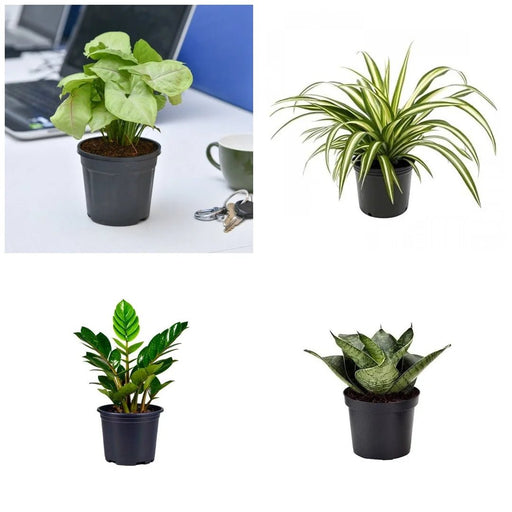
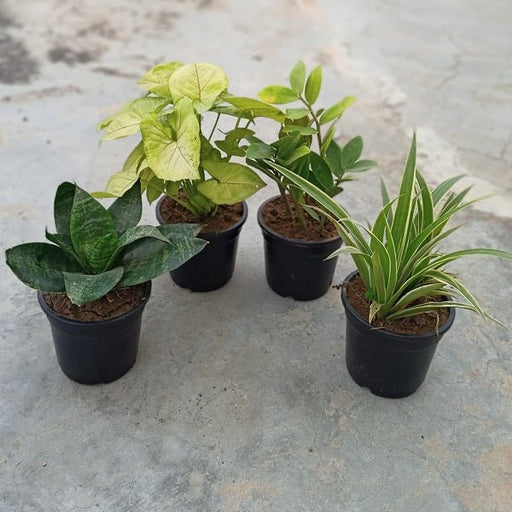 Save 25%
Save 25%
Set of 4 Evergreen Air Purifier Plant Pack Transform your indoor space into a lush, green oasis with our Set of 4 Evergreen Air Purifier Pla...
View full details| SrNo | Item Name |
|---|---|
| 1 | Crotalaria albida - Plant |
Crotalaria albida, commonly known as white rattlebox, is a perennial leguminous plant native to Africa and parts of Asia. This remarkable plant is celebrated for its ability to improve soil fertility through nitrogen fixation, making it an excellent choice for sustainable agriculture. With its striking yellow flowers and lush green foliage, Crotalaria albida not only enhances the aesthetic appeal of gardens but also contributes positively to the ecosystem.
What makes Crotalaria albida special is its dual role as both an ornamental and functional plant. It attracts beneficial pollinators, such as bees and butterflies, while simultaneously enriching the soil. This plant is particularly valued in agroforestry systems, where it serves as a cover crop, preventing soil erosion and promoting biodiversity.
One of the standout features of Crotalaria albida is its rapid growth and resilience. It can thrive in various soil types and conditions, making it an ideal choice for gardeners and farmers alike. Additionally, its ability to suppress weeds and improve soil structure makes it a vital component in sustainable land management practices.
If you’re looking for a plant that’s not just a pretty face, Crotalaria albida is your go-to green companion. This leguminous wonder is a nitrogen-fixing superstar, meaning it can enrich your soil while looking fabulous. It’s like the friend who brings snacks to the party and cleans up afterward. With its ability to improve soil fertility, it’s a gardener’s best-kept secret. Plus, it attracts beneficial insects, making your garden a buzzing hotspot of activity. Who knew a plant could be so generous?
Caring for Crotalaria albida is like nurturing a diva—she needs attention but rewards you handsomely. This plant thrives in well-drained soil and loves a sunny spot, so make sure she’s basking in the limelight. Water her moderately; she’s not a fan of soggy feet. Pruning is optional, but if you want to keep her looking chic, a little trim here and there won’t hurt. With the right care, she’ll flourish and become the belle of your botanical ball.
If you’re impatient for instant gratification, Crotalaria albida will keep you on your toes. This plant has a moderate growth rate, so while you won’t see her transform overnight, she’ll steadily rise to the occasion. In optimal conditions, she can reach impressive heights, making her a standout in any garden. Think of her as the tortoise in the race—slow and steady wins the garden game. Just give her some time, and she’ll reward your patience with lush greenery.
Propagating Crotalaria albida is like playing matchmaker for plants. You can start her from seeds, which is a fun and rewarding process. Just soak those seeds overnight, plant them in well-draining soil, and watch the magic happen. She’s not picky about her companions, so feel free to mix and match with other plants. With a little love and attention, you’ll have a thriving colony of Crotalaria albida in no time, ready to take over your garden like a botanical army.
Crotalaria albida isn’t just a pretty plant; she’s got a resume that would impress any gardener. Beyond her aesthetic appeal, she’s often used as a cover crop to improve soil health and prevent erosion. Farmers love her for her ability to fix nitrogen, making her a natural fertilizer. Plus, she’s a favorite among pollinators, so she’s like the social butterfly of the plant world. Whether you’re looking to beautify your garden or boost its health, she’s got you covered.
Every plant has its enemies, and Crotalaria albida is no exception. While she’s generally resilient, she can attract a few pesky pests like aphids and spider mites. But fear not! A little neem oil or insecticidal soap can send those intruders packing. Think of it as a plant spa day—she’ll come out refreshed and ready to thrive. Keep an eye on her, and she’ll reward you with vibrant growth and a pest-free existence.
Crotalaria albida is a bit of a soil snob, but in a charming way. She prefers well-drained, sandy loam that allows her roots to breathe. Too much clay? No thanks! She’s all about that airy lifestyle. If you want her to thrive, consider mixing in some organic matter to enhance drainage and fertility. It’s like giving her a luxurious penthouse suite in the soil world. With the right foundation, she’ll flourish and become the envy of your garden.
Sunlight is the secret sauce for Crotalaria albida’s success. This plant is a sun worshipper, thriving in full sun to partial shade. If you want her to strut her stuff, make sure she’s soaking up those rays for at least six hours a day. Too little sun, and she might sulk in the corner, refusing to grow. So, give her the spotlight she deserves, and she’ll reward you with vibrant foliage and a garden that shines.
When Crotalaria albida decides to bloom, it’s like a garden party you don’t want to miss. Her flowers are small, yellow, and oh-so-charming, attracting all the right attention from pollinators. These blooms not only add a splash of color but also signal that your plant is happy and thriving. If you’re lucky, you might even catch a glimpse of bees and butterflies enjoying the floral buffet. So, sit back, relax, and enjoy the show as she puts on her floral display.
Finding the right companions for Crotalaria albida is like setting her up on a blind date. She gets along famously with legumes, sunflowers, and various herbs. These plants complement her nitrogen-fixing abilities and create a harmonious garden ecosystem. Just like a good dinner party, the right mix of plants can lead to a flourishing environment. So, don’t be shy—experiment with different combinations and watch your garden thrive like a well-rehearsed ensemble.
Crotalaria albida is the ultimate climate chameleon, adapting to a range of conditions like a pro. Whether you’re in a tropical paradise or a more temperate zone, she’s ready to take on the challenge. She thrives in warm climates but can handle a bit of chill, making her a versatile addition to your garden. Just remember, she prefers well-drained soil and plenty of sunshine. With her adaptability, she’ll fit right in, no matter where you plant her.
Crotalaria albida, also known as white rattlebox, is a leguminous plant that’s like the overachiever of the plant world. It’s not just pretty; it fixes nitrogen in the soil, making it a gardener’s best friend. Plus, it attracts pollinators, so it’s basically throwing a party for bees and butterflies!
Crotalaria albida thrives in well-drained soils and loves full sun. Think of it as the sunbather of the plant kingdom. It’s perfect for tropical and subtropical regions, but if you live in a cooler climate, you might want to consider a greenhouse. Just don’t forget the sunscreen!
This plant can reach heights of 3 to 5 feet, making it a tall drink of water in your garden. It’s like that friend who always stands out in a crowd. With its striking yellow flowers, it’s sure to turn heads and make your garden the talk of the town!
Fear not! Crotalaria albida is not considered invasive in most regions. It’s more of a well-mannered guest at the garden party. However, like any plant, it can spread if conditions are just right, so keep an eye on it to ensure it doesn’t overstay its welcome!
Propagating Crotalaria albida is as easy as pie! You can start it from seeds, which you can sow directly into the soil. Just give them a little space, some warmth, and watch them sprout. It’s like planting little green surprises that will brighten your garden!
Besides being a nitrogen-fixing superstar, Crotalaria albida improves soil health and attracts beneficial insects. It’s like the Swiss Army knife of plants! Plus, its vibrant flowers add a splash of color, making your garden not just functional but fabulous. Who knew plants could multitask
Absolutely! Crotalaria albida is a champion at preventing soil erosion. Its deep roots hold the soil together like a trusty friend at a concert. Plant it on slopes or in areas prone to erosion, and watch it work its magic while looking fabulous!
While Crotalaria albida is not known to be toxic to pets, it’s always best to keep an eye on your furry friends. They might find those pretty flowers tempting, but a little nibble won’t hurt. Just like with any plant, moderation is key—no one wants a pet with a tummy ache!
Crotalaria albida typically blooms from late spring to early fall, showering your garden with cheerful yellow flowers. It’s like nature’s confetti! These blooms not only look great but also attract pollinators, ensuring your garden is buzzing with life during the warmer months.
Caring for Crotalaria albida is a breeze! Just provide it with full sun, well-drained soil, and occasional watering. It’s low-maintenance, so you can spend more time enjoying your garden and less time worrying about it. Think of it as the chill friend who doesn’t need constant attention!
Yes, Crotalaria albida has a knack for drought tolerance once established. It’s like that friend who can survive on snacks alone! However, during its early growth stages, a little extra water goes a long way. After that, it can handle a bit of dry weather like a pro!
Crotalaria albida is generally pest-resistant, but watch out for aphids and caterpillars trying to crash the party. If they show up uninvited, a gentle spray of water or insecticidal soap can send them packing. Keep your plant happy and thriving, and it’ll keep the pests at bay!